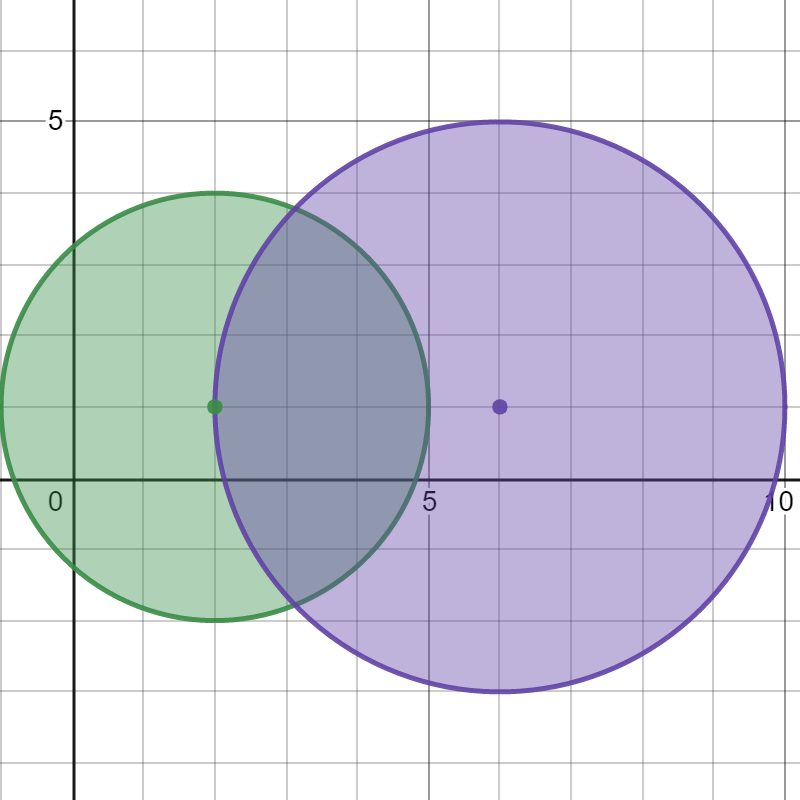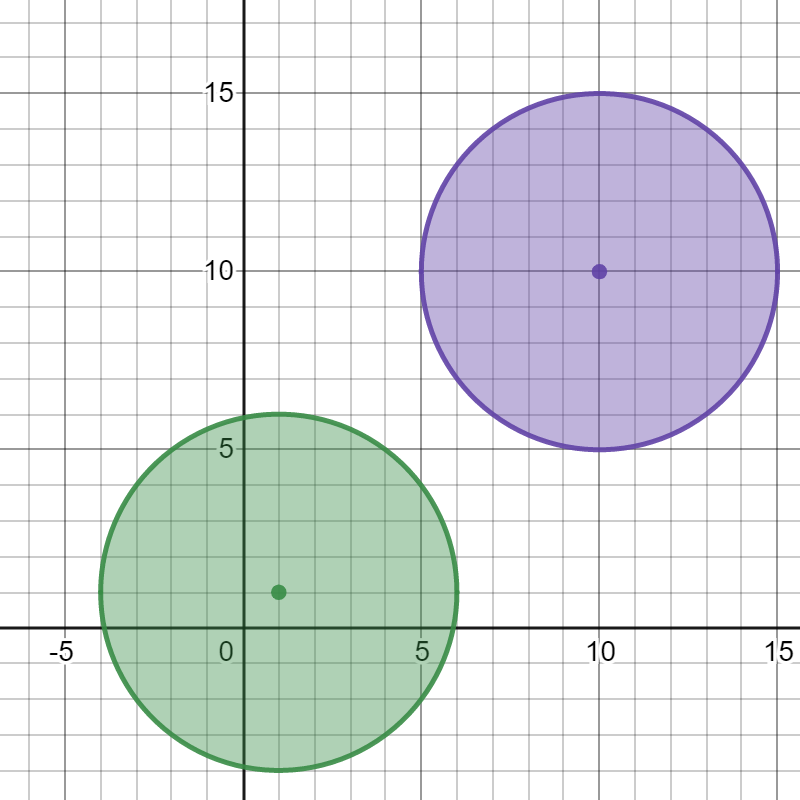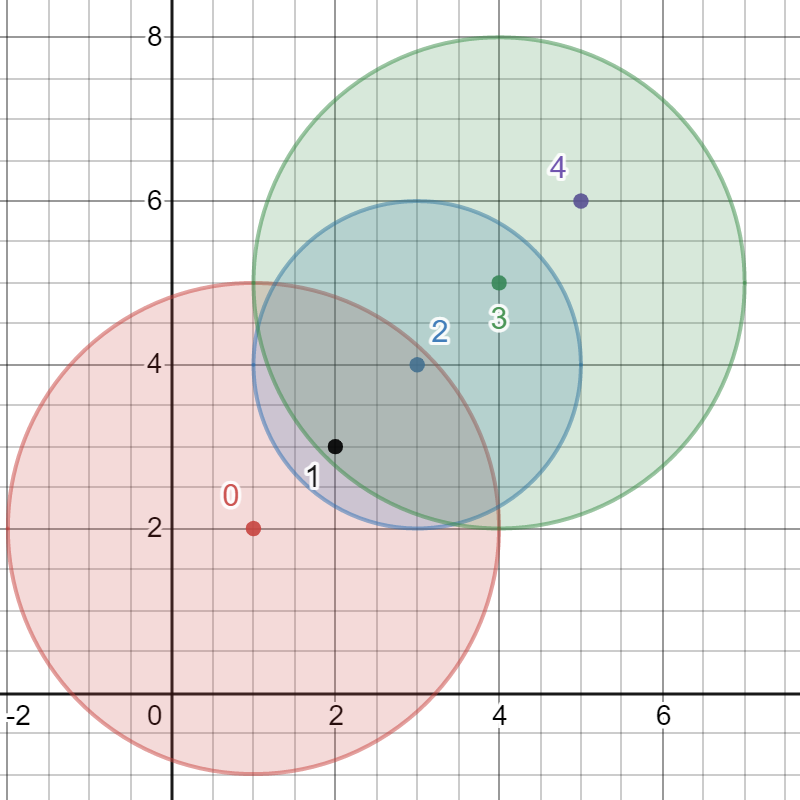You are given two non-negative integers num1 and num2.
In one operation, if num1 >= num2, you must subtract num2 from num1, otherwise subtract num1 from num2.
- For example, if
num1 = 5andnum2 = 4, subtractnum2fromnum1, thus obtainingnum1 = 1andnum2 = 4. However, ifnum1 = 4andnum2 = 5, after one operation,num1 = 4andnum2 = 1.
Return the number of operations required to make either num1 = 0 or num2 = 0.
Example 1:
Input: num1 = 2, num2 = 3 Output: 3 Explanation: - Operation 1: num1 = 2, num2 = 3. Since num1 < num2, we subtract num1 from num2 and get num1 = 2, num2 = 3 - 2 = 1. - Operation 2: num1 = 2, num2 = 1. Since num1 > num2, we subtract num2 from num1. - Operation 3: num1 = 1, num2 = 1. Since num1 == num2, we subtract num2 from num1. Now num1 = 0 and num2 = 1. Since num1 == 0, we do not need to perform any further operations. So the total number of operations required is 3.
Example 2:
Input: num1 = 10, num2 = 10 Output: 1 Explanation: - Operation 1: num1 = 10, num2 = 10. Since num1 == num2, we subtract num2 from num1 and get num1 = 10 - 10 = 0. Now num1 = 0 and num2 = 10. Since num1 == 0, we are done. So the total number of operations required is 1.
Constraints:
0 <= num1, num2 <= 105
Solution 1: Simulation
Time complexity: O(max(n,m) / min(n, m))
Space complexity: O(1)
No code
Solution 2: Simualtion + Math
For the case of 100, 3
100 – 3 = 97
97 – 3 = 94
…
4 – 3 = 1
Swap
3 – 1 = 2
2 – 1 = 1
1 – 1 = 0
It takes 36 steps.
We can do 100 / 3 to skip 33 steps
100 %= 3 = 1
3 / 1 = 3 to skip 3 steps
3 %= 1 = 0
total is 33 + 3 = 36.
Time complexity: O(logn) ?
Space complexity: O(1)
C++
|
1 2 3 4 5 6 7 8 9 10 11 12 13 |
// Author: Huahua class Solution { public: int countOperations(int num1, int num2) { int ans = 0; while (num1 && num2) { if (num1 < num2) swap(num1, num2); ans += num1 / num2; num1 %= num2; } return ans; } }; |



